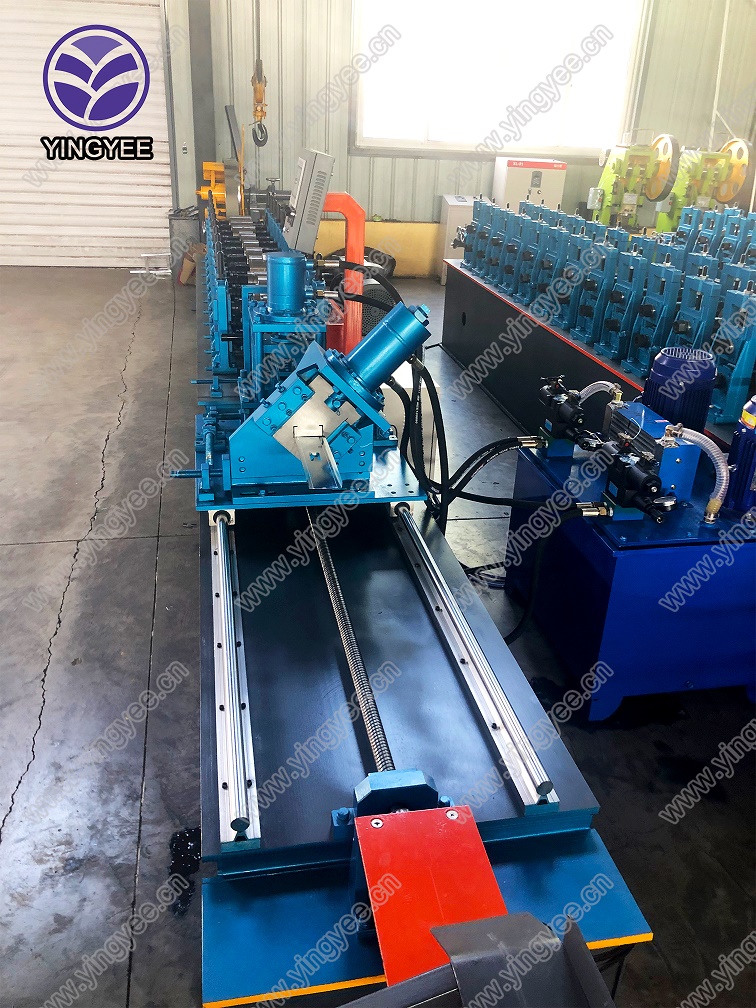
Understanding Steel Cut to Length Machines A Comprehensive Overview
Steel processing is an essential part of modern manufacturing, and among the various machines that facilitate this process, the steel cut to length machine holds a significant position. As manufacturers strive for efficiency, precision, and quality in their production lines, understanding the functionality and benefits of cut to length machines becomes imperative.
What is a Steel Cut to Length Machine?
A steel cut to length machine is a specialized piece of equipment designed to cut metal coils into predetermined lengths. Unlike traditional cutting methods, which may involve manual labor and slower processes, cut to length machines automate this procedure, significantly enhancing productivity and reducing waste. These machines are essential in industries where specific metal lengths are required, such as automotive, construction, and heavy machinery.
How Does it Work?
The operation of a steel cut to length machine is relatively straightforward but involves several key components. The process begins with the feeding of a coil of steel into the machine. Once the coil is loaded, the machine utilizes a series of rollers and straighteners to ensure that the metal is flat and aligned correctly. After straightening, the machine measures the desired length using advanced sensors.
Once the measurement is confirmed, the machine employs a cutting mechanism—usually a pair of shears or blades—that slices through the metal. This cutting action can be performed either in a straight line or with more complex profiles depending on the specific requirements of the manufacturer. After cutting, the pieces are typically discharged onto a conveyor belt or stacker for further processing or packaging.
Advantages of Cut to Length Machines
1. Precision One of the most significant advantages of using a steel cut to length machine is the level of precision it offers. These machines can achieve tight tolerances, which is crucial in sectors that require exact measurements for components to fit correctly.

2. Speed and Efficiency Automation stands out as a primary benefit. Cut to length machines operate much faster than manual cutting methods. This increase in speed not only boosts productivity but also allows businesses to meet tight deadlines without compromising quality.
3. Reduced Waste By cutting coils to the exact required lengths, cut to length machines minimize scrap metal and reduce waste. This not only lowers material costs but also contributes to more sustainable manufacturing practices.
4. Flexibility Modern cut to length machines are designed to handle various steel types and thicknesses, providing manufacturers with increased flexibility. Many machines are equipped with programmable features, allowing operators to easily switch between different lengths and materials.
5. Enhanced Safety With automated cutting processes, the risk of injuries associated with manual cutting methods is significantly reduced. Safety features such as emergency stop buttons and protective enclosures further enhance the operational safety of these machines.
Applications of Cut to Length Machines
Steel cut to length machines find applications in various industries. In the automotive sector, they are used to supply precise lengths of sheet metal for body parts. In construction, these machines provide cut steel for beams, reinforcements, and other structural elements. Additionally, manufacturers of heavy machinery utilize cut to length machines to produce components that require specific metal lengths.
Conclusion
In conclusion, steel cut to length machines are an integral part of the steel processing industry. Their ability to deliver precision, speed, and efficiency makes them indispensable for manufacturers looking to streamline their production processes. As technology continues to advance, it is likely that these machines will evolve further, incorporating innovative features that enhance productivity even more. For businesses in the metalworking sector, investing in a quality cut to length machine can lead to significant operational benefits, improved profitability, and a more competitive edge in the marketplace. Embracing these modern advancements is not just a trend but a necessary strategy for success in today’s fast-paced industrial landscape.